 The Teller of Small Fortunes by Julie Leong
The Teller of Small Fortunes by Julie Leong Format: eARC
Source: supplied by publisher via Edelweiss
Formats available: hardcover, large print, paperback, ebook, audiobook
Genres: cozy fantasy, cozy mystery, fantasy
Pages: 336
Published by Ace on November 5, 2024
Purchasing Info: Author's Website, Publisher's Website, Amazon, Barnes & Noble, Kobo, Bookshop.org, Better World Books
Goodreads
A wandering fortune teller finds an unexpected family in this warm and wonderful debut fantasy, perfect for readers of Travis Baldree and Sangu Mandanna.
Tao is an immigrant fortune teller, traveling between villages with just her trusty mule for company. She only tells "small" fortunes: whether it will hail next week; which boy the barmaid will kiss; when the cow will calve. She knows from bitter experience that big fortunes come with big consequences…
Even if it’s a lonely life, it’s better than the one she left behind. But a small fortune unexpectedly becomes something more when a (semi) reformed thief and an ex-mercenary recruit her into their desperate search for a lost child. Soon, they’re joined by a baker with a knead for adventure, and—of course—a slightly magical cat.
Tao sets down a new path with companions as big-hearted as her fortunes are small. But as she lowers her walls, the shadows of her past are closing in—and she’ll have to decide whether to risk everything to preserve the family she never thought she could have.
My Review:
Tao tells small fortunes. Only small fortunes. Just as it takes a big risk to win a big reward, it takes big magic to tell big fortunes. Which also results in big risks that Tao is simply not willing to, well, risk.
The only big fortune Tao ever told resulted in a big disaster. Her father was killed, her village was destroyed, her mother married a foreigner, took Tao away from home and raised her among strangers who could never get past her origins. And who seemingly could never forgive the girl for the turn in the family’s, well, fortunes.
So Tao took to the road, with her small cart and her small fortunes, doing her best to make enough money to keep body and soul together and on the road, touring small towns, never touching the greater magics that would foretell death and disaster and bring the empire’s witchfinders down upon her bowed head.
The rounds of Tao’s quiet and unassuming life are disrupted when she tells what she believes is a small fortune for a traveling mercenary. She sees him greet his little girl in front of what appears to be their home. A simple, everyday sort of fortune.
But the little girl has been missing for months and months, and her father and his friend – a semi-reformed thief – have themselves taken to the roads in search of the little girl’s whereabouts – or at least her fate.
This seemingly small fortune is huge. It is life-altering. Finding his little girl safe and sound will change everything for the mercenary – and he is determined to stick with Tao until that vision becomes truth.
The linking of his quest to her vision is the seed of change. As her vision leads him from clue to clue and village to village, their little band turns into a found family – a family that in turn is found by a series of small fortunes with big implications as the wheels of her cart grind their way to the fortune that Tao has been avoiding for all of her journeying.
It takes her home – to the home she never thought she could go back to – and to the one she never imagined she’d ever be able to make even for herself.
Escape Rating A+: This OMG DEBUT novel is just marvelous. I went into it expecting something light and cozy and certainly got that, but it’s just such a terrific story that hits so many excellent notes and is deeper than I was expecting by a whole lot.
It’s like every time the story takes just a bit of a twist it also digs more deeply into the heart – both Tao’s and the reader’s at the same time.
A big part of the story, and certainly the form of it, is the journey. Tao is traveling, endlessly traveling, because she’s rootless. She has no place that calls her home. So a big part of her starting out is an immigrant’s journey. Her mother brought her out of their country of Shinn to the country of their rival, Eshtera. Tao is never accepted as Eshteran because of her Shinian (read Asian) appearance, but she and her mother drifted apart so she doesn’t remember the culture of her origins. She’s lost without a true place of her own.
Her Esteran stepfather tried to forcibly graft her into Eshtera through marriage, but that was doomed to fail – so she fled. Her magic marks her as dangerous but the power of it is coveted – so she hides from the Empire.
She’s alone and feels doomed to remain so.
Her journey, that thing that keeps her isolated, is her salvation, and the story becomes Tao picking up a band of ‘strays’ much like herself and becoming the center of a found family – a family that she is willing to step WAY out of her comfort zone to protect, which in turn saves her as well as them.
And as the members of her little tribe each find their way into her heart, they all find their way into the reader’s as well.
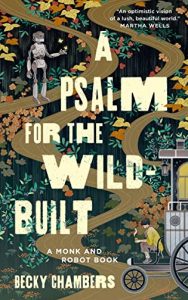 A surprising readalike for this book is A Psalm for the Wild Built, which isn’t fantasy at all. But the journeys and the discoveries and the found family aspects are very similar, as is the way that Sibling Dex in Psalm becomes a big part of each of the places she visits even as she makes her own found family with the robot.
A surprising readalike for this book is A Psalm for the Wild Built, which isn’t fantasy at all. But the journeys and the discoveries and the found family aspects are very similar, as is the way that Sibling Dex in Psalm becomes a big part of each of the places she visits even as she makes her own found family with the robot.
More than Legends and Lattes, which seems to be listed as the go-to readalike for every cozy fantasy, The Teller of Small Fortunes reminded me a whole lot more of the Mead Mishaps series. Not the romantic aspects of that series, but rather the way that both stories start out at a very light level and turn out to be important quest journeys with much larger implications and big found family elements by the time they reach their HEAs.
Very much like the other cozy fantasy series(es), however, The Teller of Small Fortunes is a story where there is not a villainous villain in sight. Instead, there are bad things that have happened to good people that get resolved through mostly human agency even as those humans make human mistakes along the way.
This isn’t a BIG story. There’s no big bad and there’s no big battle and it’s not a big contest between good and evil. Instead it’s a gentle story about people finding their way and finding that their way goes better when they go together.
It’s lovely and you’ll turn the last page with a smile and some days those are just the kind of stories we all need. When it’s your turn to need one of those kinds of stories, pick up this book. I’ll be eagerly awaiting her next.

 The Village Library Demon-Hunting Society by
The Village Library Demon-Hunting Society by 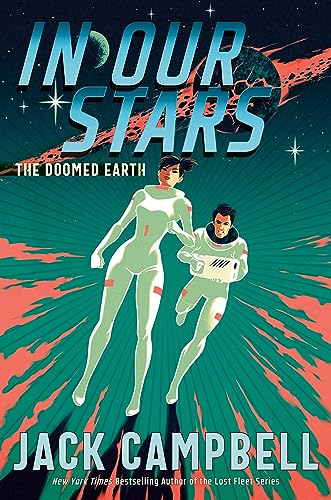 In Our Stars (The Doomed Earth, #1) by
In Our Stars (The Doomed Earth, #1) by 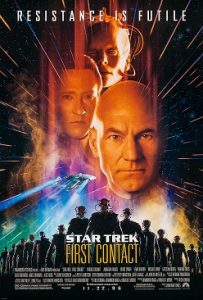 Escape Rating B: I couldn’t get the resemblance to Trek out of my head, and that affected my reading of this book a lot because it felt just a bit too familiar. To the point where even though I didn’t know what was coming, I sorta/kinda knew what was coming. Also, to the point where I couldn’t resist falling down a Trek time travel rabbit hole. Or should I say, a time travel black hole, because that device was used frequently and often, even if that’s not quite what happened here.
Escape Rating B: I couldn’t get the resemblance to Trek out of my head, and that affected my reading of this book a lot because it felt just a bit too familiar. To the point where even though I didn’t know what was coming, I sorta/kinda knew what was coming. Also, to the point where I couldn’t resist falling down a Trek time travel rabbit hole. Or should I say, a time travel black hole, because that device was used frequently and often, even if that’s not quite what happened here.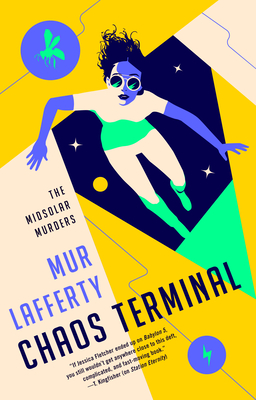 Chaos Terminal (The Midsolar Murders, #2) by
Chaos Terminal (The Midsolar Murders, #2) by 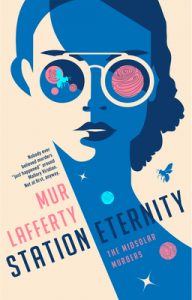 Escape Rating B: One of the things that made the first book in this series,
Escape Rating B: One of the things that made the first book in this series, 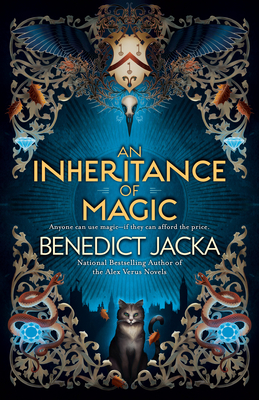 An Inheritance of Magic (Stephen Oakwood, #1) by
An Inheritance of Magic (Stephen Oakwood, #1) by 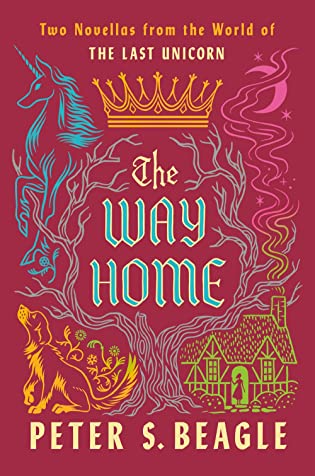 The Way Home: Two Novellas from the World of The Last Unicorn (The Last Unicorn) by
The Way Home: Two Novellas from the World of The Last Unicorn (The Last Unicorn) by 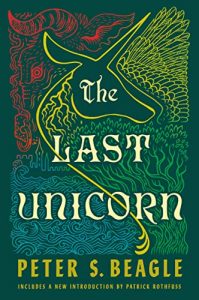 As a story – as opposed to the character – “Sooz” did not work for me. While I was not expecting a happy ending, as this world tends toward bittersweet on the happiness scale, I was expecting this story to feel like it was part of the continuum from
As a story – as opposed to the character – “Sooz” did not work for me. While I was not expecting a happy ending, as this world tends toward bittersweet on the happiness scale, I was expecting this story to feel like it was part of the continuum from 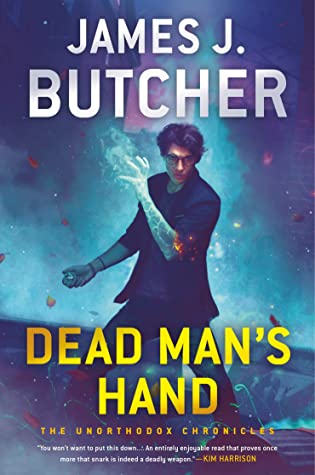 Dead Man's Hand (The Unorthodox Chronicles, #1) by
Dead Man's Hand (The Unorthodox Chronicles, #1) by 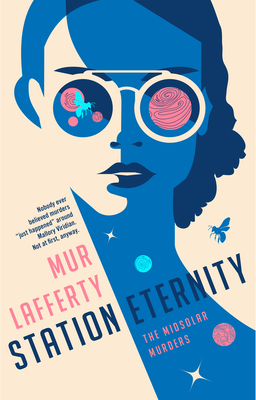 Station Eternity (The Midsolar Murders, #1) by
Station Eternity (The Midsolar Murders, #1) by 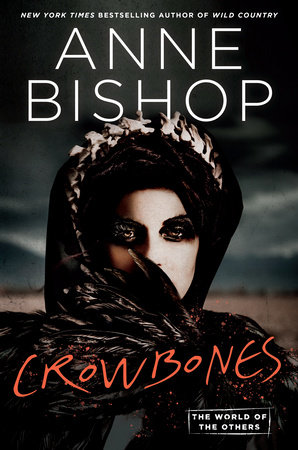 Crowbones (The World of the Others #3; The Others #8) by
Crowbones (The World of the Others #3; The Others #8) by 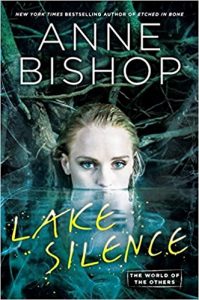 In this third book in the
In this third book in the 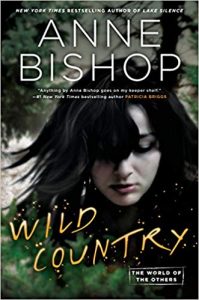 Escape Rating A-: Somehow, in spite of the fact that I read ebooks and not print, there’s reading crack embedded in the pages of this series and it’s still working on me in spite of the technological impossibility. I can’t resist this series AT ALL, I always start the book as soon as I get it, and can’t put it down until I’m done.
Escape Rating A-: Somehow, in spite of the fact that I read ebooks and not print, there’s reading crack embedded in the pages of this series and it’s still working on me in spite of the technological impossibility. I can’t resist this series AT ALL, I always start the book as soon as I get it, and can’t put it down until I’m done.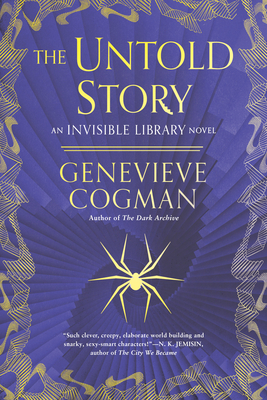 The Untold Story (The Invisible Library #8) by
The Untold Story (The Invisible Library #8) by 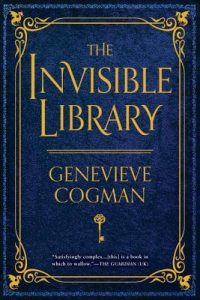 This final book in the Invisible Library series closes at the open. When we first met Irene Winters all the way back in the first book, also titled
This final book in the Invisible Library series closes at the open. When we first met Irene Winters all the way back in the first book, also titled 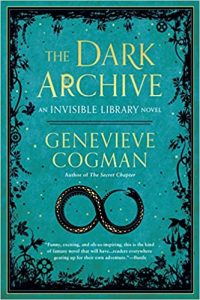 While this series has been very much one caper after another, the lighthearted tone of the series has slipped towards a more serious turn as it has continued. After Irene’s discovery at the end of the previous book,
While this series has been very much one caper after another, the lighthearted tone of the series has slipped towards a more serious turn as it has continued. After Irene’s discovery at the end of the previous book,